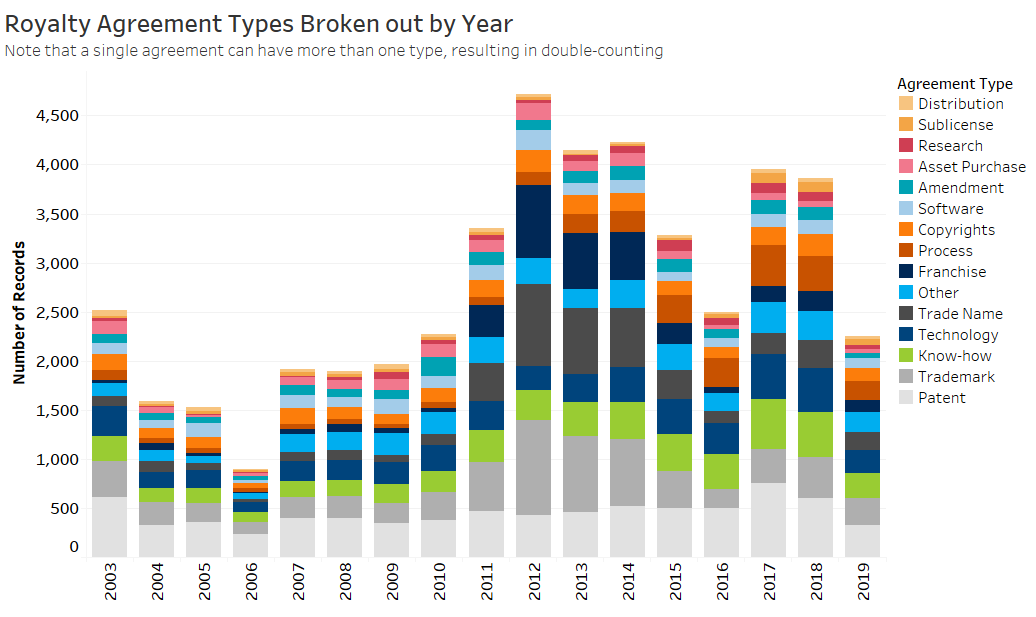Royalty rates are fees paid by those who wish to use a particular asset, such as a copyrighted work, to compensate the owner of the asset for the use of the asset. Royalty rates can be applied to a variety of assets, including copyrighted works, trademarks, patents, and more.
The royalty rate is typically expressed as a percentage of the revenue generated by the asset. The royalty rate depends on a variety of factors, such as the type of asset being used, the market value of the asset, the duration of the license, and the country in which the asset is used. If you are looking for Royalty rates then you can contact IntangibleSpring.

Image Source: Google
Different industries have different royalty rates. For instance, the royalty rate for a book may be different from the royalty rate for a song. Similarly, the royalty rate for a patent may be different from the royalty rate for a trademark.
The royalty rate also depends on the agreement between the asset owner and the user. Generally, the royalty rate is negotiated between the two parties and is based on the terms of the agreement.
In some cases, the royalty rate may be set by the asset owner, while in other cases it may be negotiated. In most cases, the royalty rate is expressed in terms of a percentage of the total revenue generated by the asset.
For example, if a song has a royalty rate of 10%, the artist would receive 10% of the revenue generated by the song. Similarly, if a patent has a royalty rate of 20%, the patent owner would receive 20% of the revenue generated by the patent.